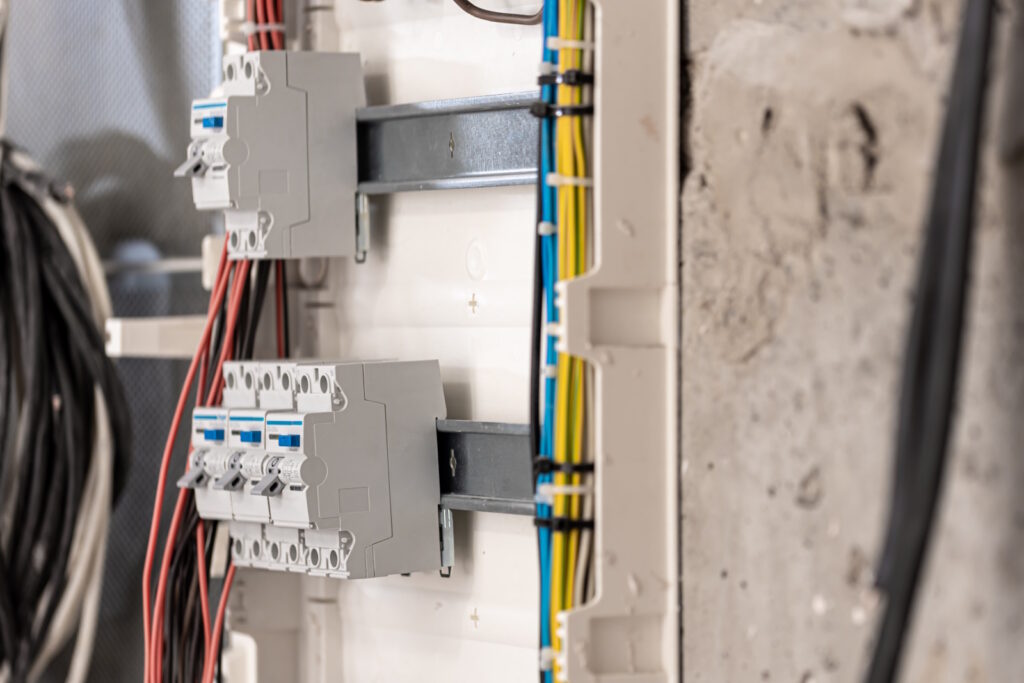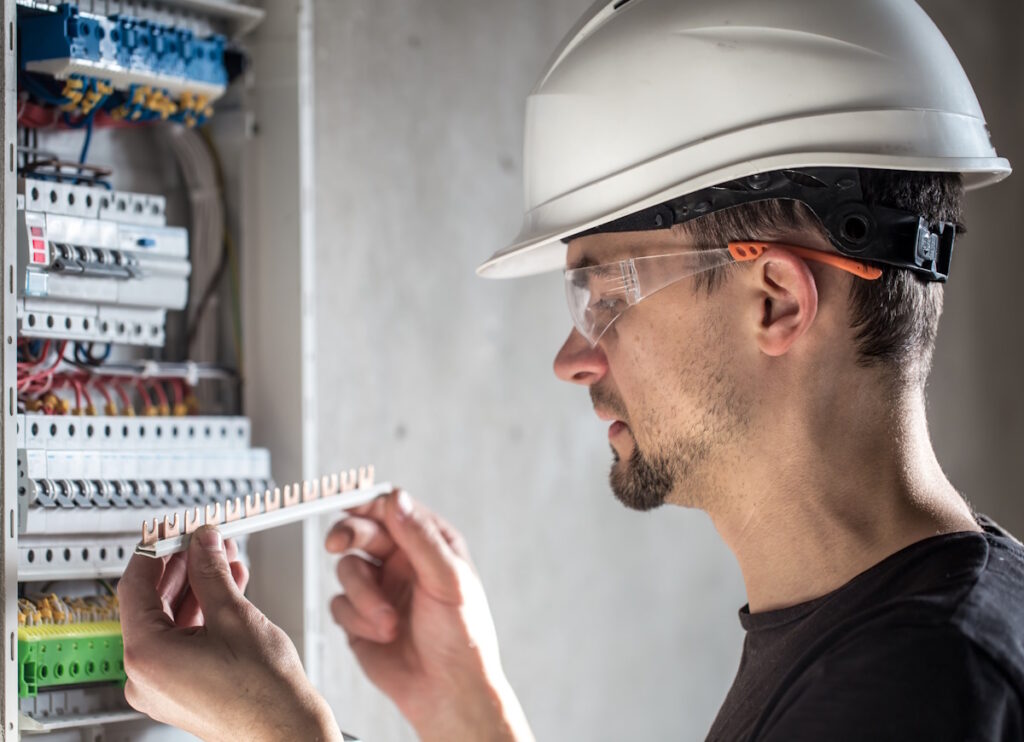Surge protection: an important part of the electrical installation
Reliable surge protection is very important to ensure safety in a building. It not only protects electrical devices from damage. It also helps keep residents safe, and the most common cause of overvoltage is a lightning strike. When lightning strikes an electrical conductor, it creates a high voltage. This is then forwarded into the building; the closer the lightning strike occurs, the stronger the overvoltage. However, there are other causes as well: Sometimes faulty electrical supplier circuits can lead to excessively high voltage. In comparison to a lightning strike, the overvoltage is usually significantly lower.
The consequences of the overvoltage
A high voltage means that more energy than usual acts on a device. This leads to a significantly increased heat development. However, the electrical components are usually not designed for such a heavy load. Therefore they burn. Therefore, the overvoltage leads to defects. In particularly severe cases, the heat development is so strong that the entire device ignites or even explodes. This can result in an apartment fire with considerable dangers. Therefore, reliable protection against excessive voltage is essential.

Three-stage surge protection for optimal safety
Reliable surge protection is not easy to implement. Three different levels are necessary to ensure a high level of security. First, a lightning arrester is used. These devices are called SPD (Source Protecting Device) Type 1. They allow lightning current to be discharged, but cannot prevent overvoltage. The second stage (SPD type 2) then reduces the tension. That already ensures good protection that is sufficient for most households. However, fine protection (SPD type 3) is recommended for particularly sensitive devices. This ensures a further reduction in the interference voltage. These are devices that are placed directly between the wall socket and the plug of the device.
Fine protection alone does not provide sufficient protection
While the surge protection of types 1 and 2 must be permanently installed, the fine protection of type 3 is a mobile device that you only have to plug into the socket. In houses in which no fixed surge protection is installed, the residents only use this fine protection. However, this can only increase security to a small extent. Devices of types 1 and 2 are essential for reliable protection.

Surge protection: mandatory for all new buildings
Reliable surge protection, which includes devices of types 1 and 2, has even been a legal requirement since 2018. However, this rule only applies to new buildings. There is currently no obligation to retrofit older buildings.
Planning and implementation by your electrical specialist
The installation of the protective devices is a task that a trained electrician must undertake. This is the only way to guarantee reliable surge protection. We are happy to take care of this task in our electrical specialist company. Our specialists carefully plan the system and ensure implementation that ensures effective protection.


